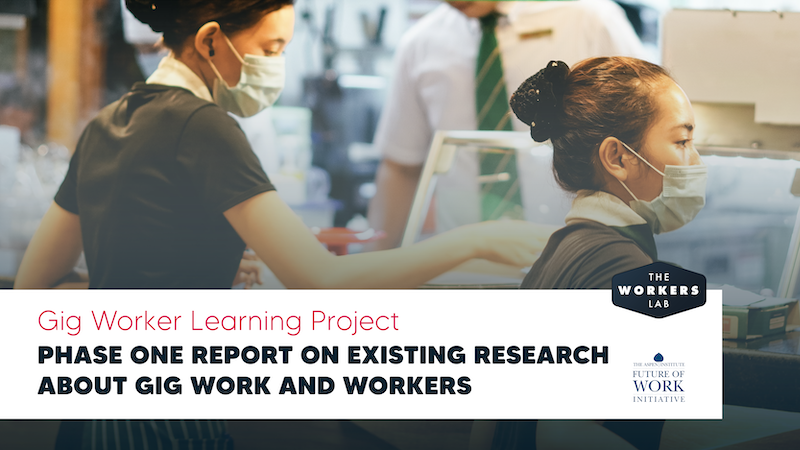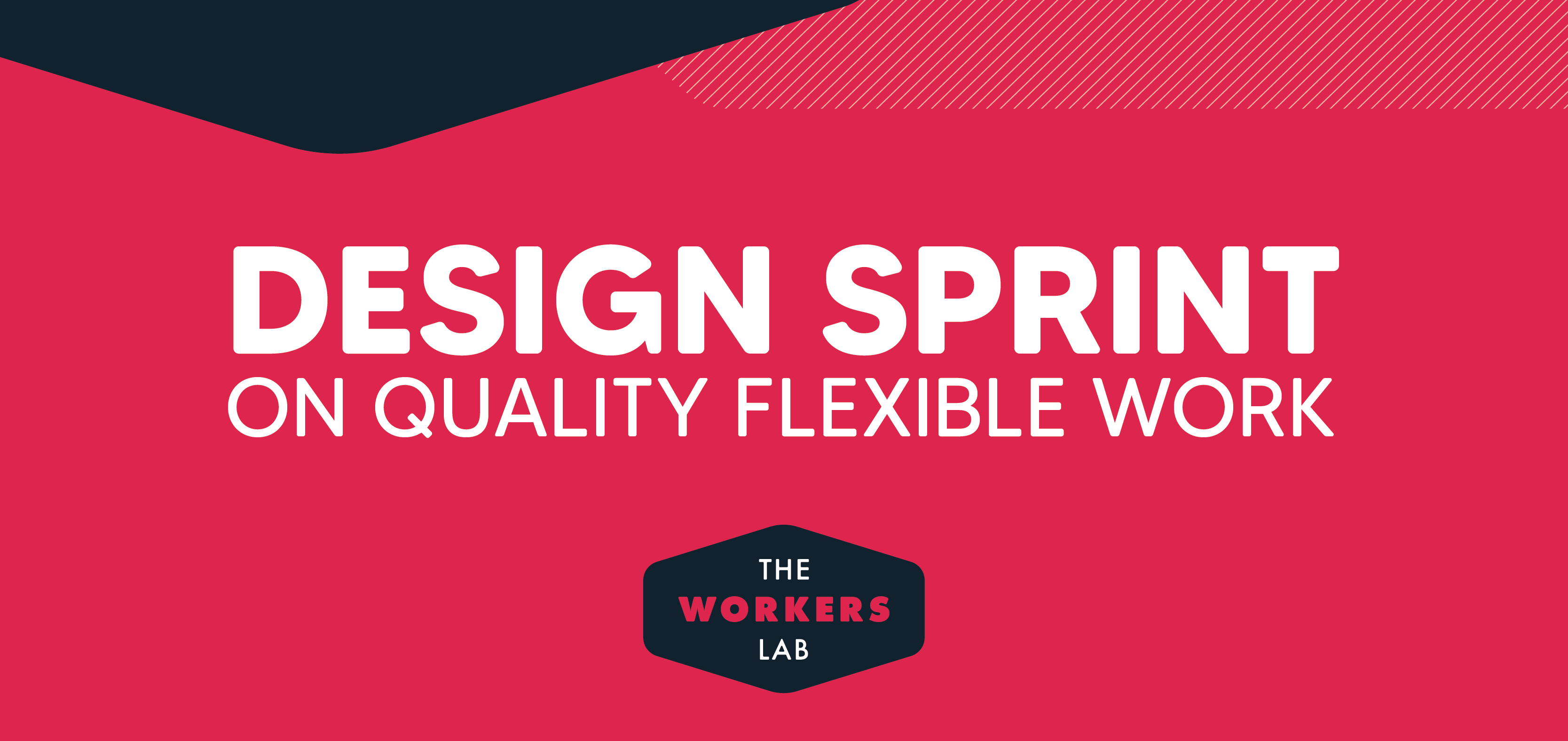As part of our commitment to ensuring workers inform every aspect of our work, we conducted interviews with participants from a 2021 test of the platform.
In 2023, we’re taking our design sprint exploring how flexible work can be quality work to the next level. Back in 2021, we invested in an early test of a worker-centered workforce development platform in the City of Long Beach California. This test used the platform to match child care providers with families seeking their services during the pandemic. Workers using the platform set their schedules and select the opportunities for work that are convenient for them. They also receive a W-2 which provides protections and access to critical safety net benefits. The initial test demonstrated consistent and increasing pay (over the local minimum wage) and increased satisfaction among the workers. In 2022, we started sharing this promising tool with local leaders across the country and announced a series of learning partners that expressed an interest in bringing the platform to their cities. Over the next several months, we will share more information about these partnerships and how the platform will help workers connect with quality flexible jobs.
As part of our commitment to ensuring that workers inform every aspect of the effort, we recently conducted a series of in-depth interviews with workers who participated in our 2021 test of the platform. We’ve also launched a comprehensive baseline survey and periodic follow-up surveys that will help us measure worker experiences and changes in their needs over time. All of this research will help us improve the platform and ensure it is fully worker-informed.
The interviews help us learn more about the workers and their experience with the platform.
Interviewees expressed the importance of being able to work when they were available. Several had responsibilities for children, siblings, or parents which restricted when they could work. They appreciated being able to use the platform to select their availability and pick which job they wanted to do. Participants shared that they had an overall good experience with the dashboard and made suggestions on how we can improve early training on how to use the platform, which is already being put into action. One participant offered the following comment:
"I feel like it was flexible and worked around my schedule. And it's really hard to find something where they're willing to work around your schedule, or they're willing to work around if something happened to you. [I have two siblings with disabilities] and my mom doesn't drive or speak English. I'm the main person that takes them to doctor's appointments, and I have to be there to help [between work]."
These conversations also illuminated findings from our recent analysis of existing research about gig work and workers and underscored the diverse needs of people who need and want flexible work. Among the interviewees, we found a lack of access to paid sick leave or retirement savings. While participants had at least some college education, household incomes were less than $25,000 annually. And, we saw a mix of people working one job as their primary income, as well as people working multiple jobs, or having side gigs in addition to a full or part-time job. We also saw a variety of ways that the workers describe themselves, including service providers, essential workers, employees, and independent contractors. All of these speak to the variety of needs for each worker, some of which are being addressed by our platform.
We learned a lot and we’re already putting this learning into action as we expand the use of this platform. In Long Beach, WorkLB is expanding steadily with a mix of public agencies, private sector employers, households, and events operators. We have over 500 workers registered and vetted. Our key sectors are currently childcare (at-home and institutional), and hospitality. Interesting developments include the use of the WorkLB platform for “family and friends” childcare where the child has special needs and qualifies for state-funded care. We are facilitating the formalization of this kind of ad-hoc employment. That increases the safety of the child, the progression possibilities of the caregiver, accountability of spend, and the flexibility with which parents can take a break from their responsibilities.
In the coming months, we’re looking forward to announcing the expansion of our platform to several new cities in collaboration with our learning partners which were announced in late 2022.
-Jun-06-2024-03-00-31-8398-PM.png?width=1800&height=1080&name=TWL%20Logo%201%20(1)-Jun-06-2024-03-00-31-8398-PM.png)

